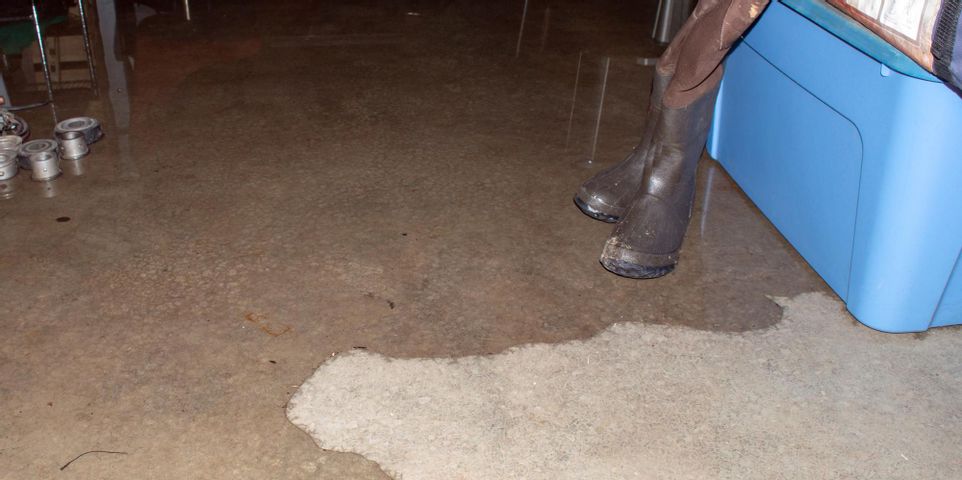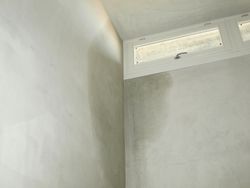A Guide to Primary & Secondary Water Damage

Without timely remediation, water damage can have severe repercussions throughout a home. This damage comes in two waves—known as primary and secondary water damage. To limit secondary complications as much as possible, make use of the following guide.
Primary
Primary damage occurs following a leak or flooding incident in the home before the liquid has been contained. Whether the issue stems from a natural disaster, burst pipe, or broken water-using appliance, the damage is typically noticeable right away. Examples include saturated flooring, wet drywall, bubbling wallpaper, and soaked furniture.
Secondary
 Once the flooding or severe leak stops, secondary water damage can occur if cleanup doesn't begin immediately. Moisture in the air will seep into your materials, further causing hardwood to warp, drywall and plaster to sag, vinyl flooring to buckle, and wallpaper to peel. You will likely also experience mold growth since it only takes the fungus about 48 hours to flourish in dark, damp environments.
Once the flooding or severe leak stops, secondary water damage can occur if cleanup doesn't begin immediately. Moisture in the air will seep into your materials, further causing hardwood to warp, drywall and plaster to sag, vinyl flooring to buckle, and wallpaper to peel. You will likely also experience mold growth since it only takes the fungus about 48 hours to flourish in dark, damp environments.
How to Limit Secondary Water Damage
It can take weeks to notice secondary water damage. The best way to reduce—if not eliminate—these issues is by acting quickly. Open all doors and windows and turn on fans to allow air to circulate. If you have a dehumidifier, use it to dry out the affected room so long as there are no live wires touching the water.
Remove furniture, toys, and decor from the space and use towels to soak up standing puddles. As soon as the flooding stops or the leak gets fixed, schedule services with a water restoration company.
Schedule water damage and mold remediation with America’s Best Cleaning & Restoration Services in La Crosse, WI. Offering a variety of services, including carpet and air duct cleaning, this company features four additional locations in Wisconsin and Minnesota. Call (608) 782-6995 today to request an estimate. Visit the technicians online for service details. Get more healthy home tips on Facebook.
About the Business
Have a question? Ask the experts!
Send your question

